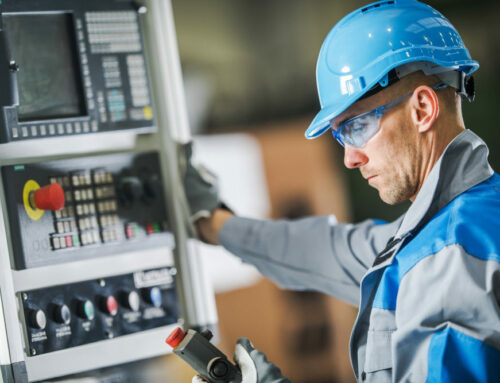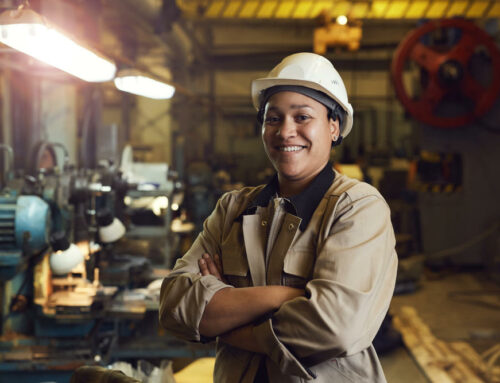
Slip, trips, and falls may be funny in movies, but in real life, it’s no joke. In the workplace, falls can lead to serious injuries or even death. Falls are continuously one of the biggest causes of death in construction, followed by electrocution, struck by objects, and cough-in-between accidents. This is a serious issue that should be addressed in every occupational setting. This blog will discuss how to prevent slips, trips, and falls in the workplace to reduce the chances of accidents related to these causes from taking place.
Identify All Unsafe Conditions
The large majority of injuries come from same-surface falls specifically attributed to slips and trips. Slipping takes place when there is not enough traction between the foot and the walking surface. The most common causes of slips include:
- Wet or oily surfaces
- Unfastened or loose rugs/mats
- Innately smooth walking surfaces
- Sand or gravel
- Improper footwear
Trips are caused by an interruption in the walking process by striking an object. The most common causes for trips include:
- Poor lighting
- Obstructed views
- Objects in the path
- Non-level rugs/carpets/flooring
- Uneven steps
- Cables/cords in the walking path
To prevent slip, trip, and fall accidents, one has to identify all unsafe conditions first. Looking for these conditions requires attention on a regular basis. Start by inspecting the work areas for these types of hazards. This should be part of a worker’s standard practices, so try making a routine out of it. Don’t just let this be the task of the person in charge. Get all the workers involved. This will help create a work safety culture, which is a significant step towards workplace accident prevention.

Address Unsafe Behavior
As human beings, we all look for shortcuts in our daily tasks. For example, people stand on a chair to change their light bulb, even though there is a step ladder in a room down the hallway. Although the resources are there, we take unnecessary risks. Safety often requires a little extra effort, which is why we must encourage that effort to all workers. Safety should be rewarded and reinforced at every opportunity. Punishment for not doing so is never an effective way of resolving this issue. Give people a reason to do things the right way and prevent it from happening beforehand.
Falls from Elevated Places
Falls from elevated places aren’t as common as same-surface falls. However, the hazard level of fall from heights increases significantly. To prevent falls from elevated places, the same steps are taken as mentioned above. Inspect the area for potential hazards and ensure that railings, steps, ladders, and scaffolding meet safety regulation guidelines. Personal fall arrest systems must be worn for fall protection when deemed necessary by OSHA standards.
Tips to Prevent Injuries Associated with Falls
- Plan – Always plan ahead to get the work done in a safe manner. For example, you can inspect the equipment and tools to make sure that they’re in good shape.
- Provide– Providing workers with the proper equipment for their work area is essential. Examples include providing workers with harnesses, ladders, lighting, and adequate footwear.
- Train – Train employees to use PPE and to be aware of their surroundings at all times.
Whether someone trips due to poor lighting, or falls due to them concentrating on their task, there are ways to prevent these types of accidents. Although not all accidents can be prevented 100% of the time, you can significantly reduce the hazard level with the proper safety equipment. We hope this blog helped you see how to prevent slips, trips, and falls in the workplace. To get personal protective equipment for your workers, give Extreme Safety a call at (310) 856-0166 or click here.

















